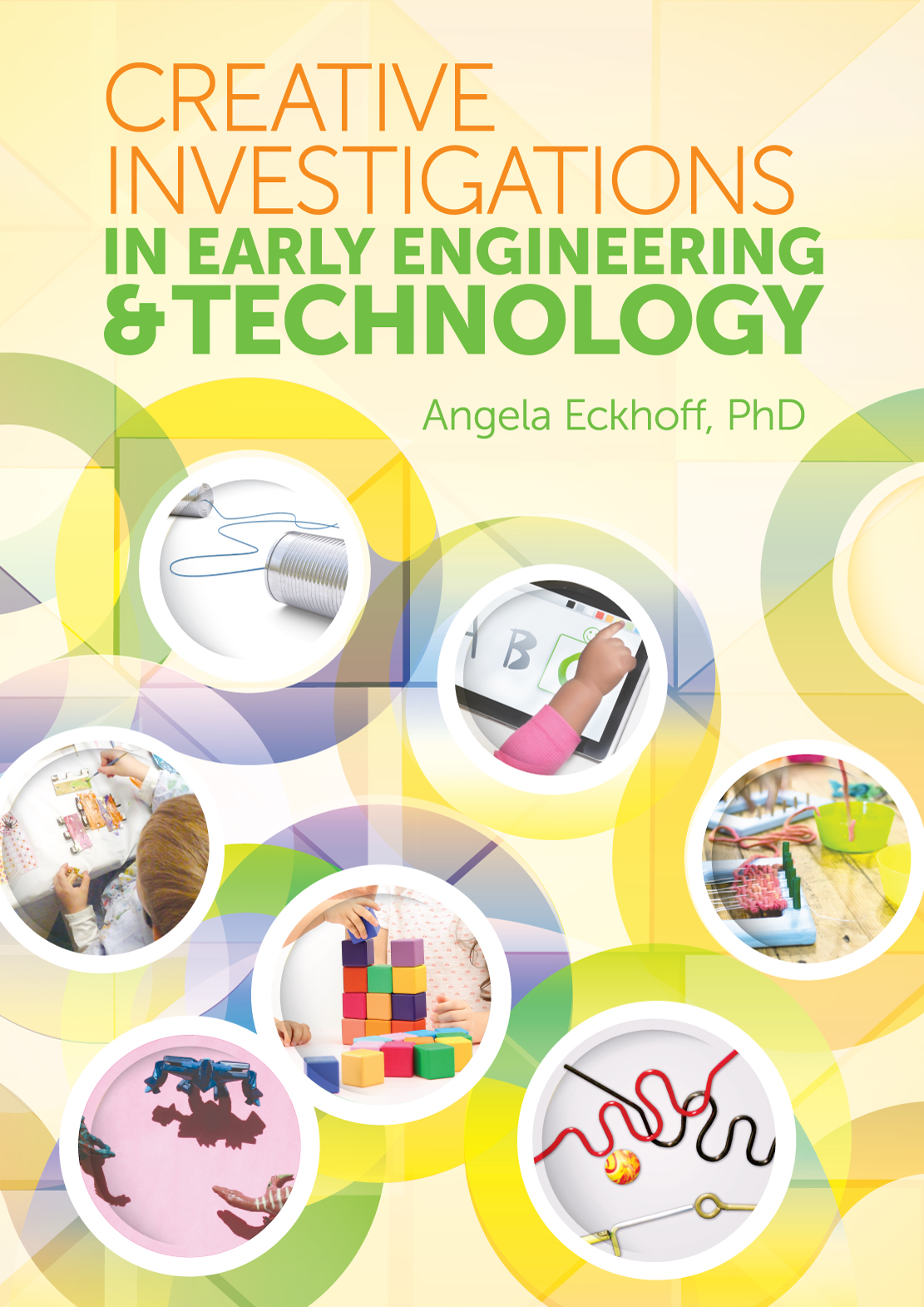This STEM Activity from Angela Eckhoff's book, Creative Investigations in Early Engineering and Technology, uses light and familiar objects to young children understand the concepts of light and shadow. Some materials allow light to pass through them (transparent), and others act as filters and only allow certain colors of light through (translucent), while others block light completely (opaque). As children gain knowledge and develop an understanding of these concepts through naturalistic experiences and familiar materials, teachers are then able to gradually scaffold their experiences and use of science equipment.
Materials
- Light table or projector
- Digital camera
- Small classroom materials that are transparent, translucent, and opaque (for example: wooden blocks, colored counting bears, translucent counters, transparent counters, and transparent light-table materials)
What to Do
- Invite the children to play with the materials you’ve collected, and ask questions about what they notice about their differences—“What happens to the light when I put this blue counting bear on the light table? Is that different than when I place this clear block on the table?” “What happens to the light when you place the pieces ontop of each other?”
- Be sure to give the children room to explore and interact with the objects in their own ways. During this time, you can also narrate what you are seeing about the relationship between light and objects—“Wow, when you place the two clear pieces together, I can still see the light shining through.”
- As the children are exploring, you can introduce the words and concepts of transparent, translucent, and opaque. Be sure to give the children room to explore and interact with the objects in their own ways.
- As a final step in their explorations, invite the children to group the objects they believe are alike or different based upon their interaction with light.
- Be sure to photograph their groupings to document their thinking and explorations.
More to Do
You can take anecdotal notes on their explorations and play, and the photographs can serve as a final documentation. It is a good idea to invite children to repeat their play at the light table numerous times, as they will gain greater understanding during additional interactions. You can also invite the children to collect materials that they want to explore at the light table.
Instructions
Photocopy pictures of animals and/or cut them out of magazines.
* Cut the animal pictures into heads and bodies.
What to Do
1. Read Cock-a-Doodle-Moo by Keith DuQuette to the children.
2. Discuss the concept of habitats and how animals are suited to the
environments in which they live.
3. Give each child a piece of paper.
4. Each child uses one animal head and one body (see Preparation) to create a
mixed-up animal.
5. Ask the children to think about where their animal would live. Have them
draw and color their animal's habitat on their paper.
6. Have the children come up with a name for their animals. Help each child
write the animal's name on their papers.
Teacher - to - Teacher Tip s
* To add a language and literacy component to this activity, ask the children to
dictate or write a sentence or two about their animal.
* Create a class book of mixed-up animals. Send the book home with one child
each night to share with their family.
Assessment
Consider the following:
* Do the children choose an appropriate name for their animal?
* Do the children choose a habitat that makes sense for their animal?
